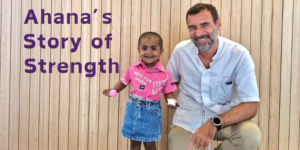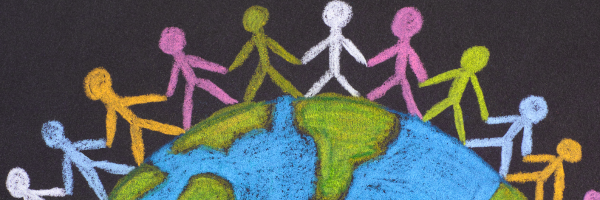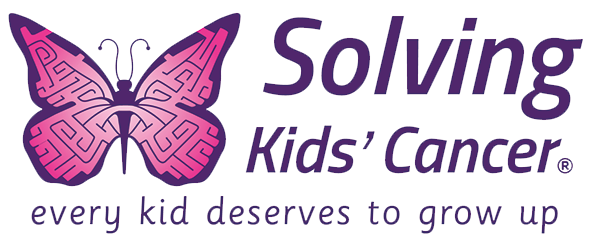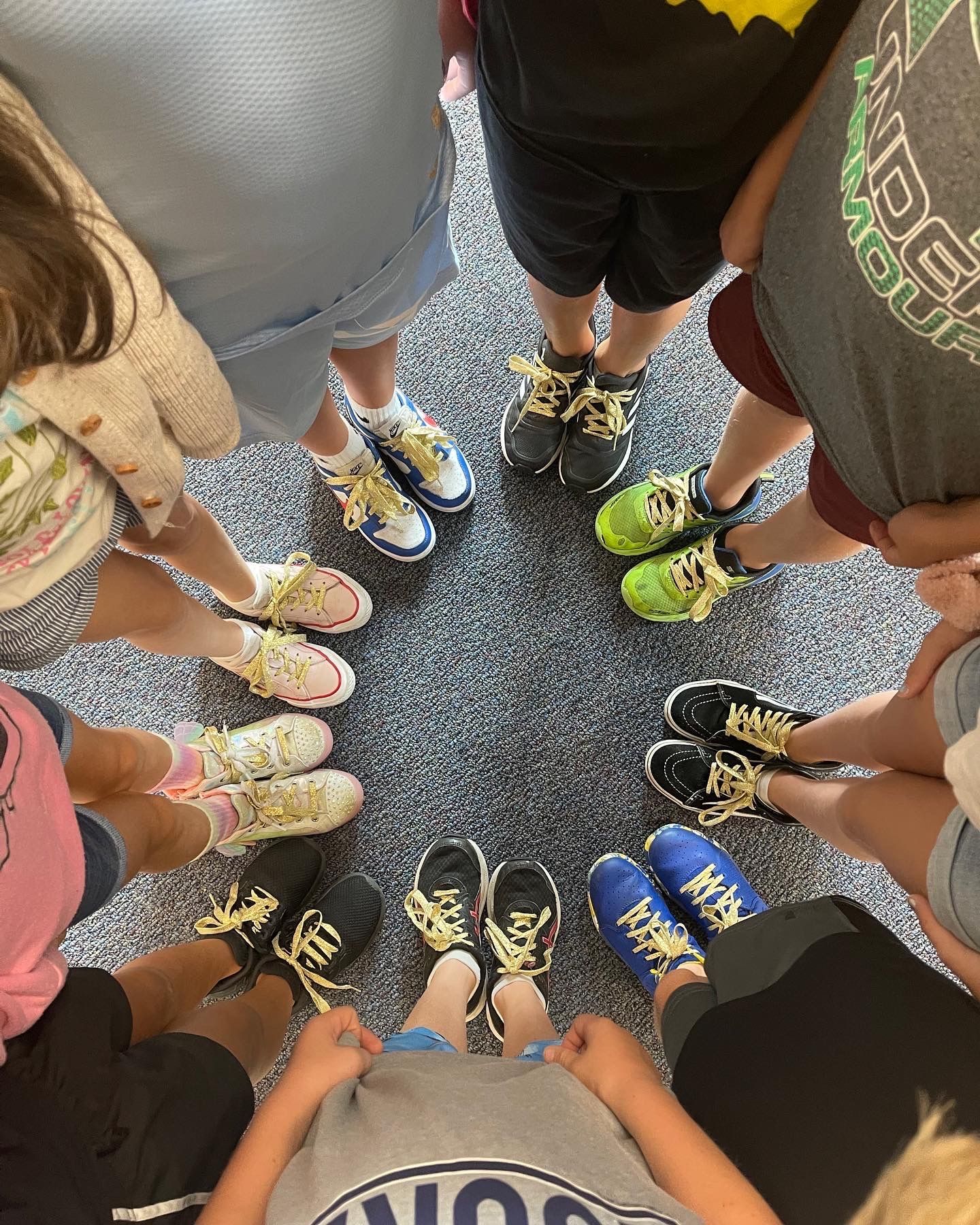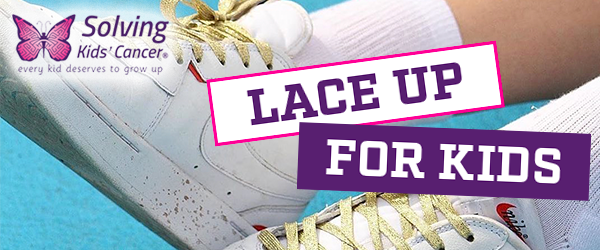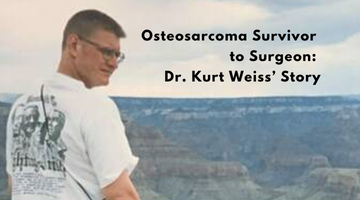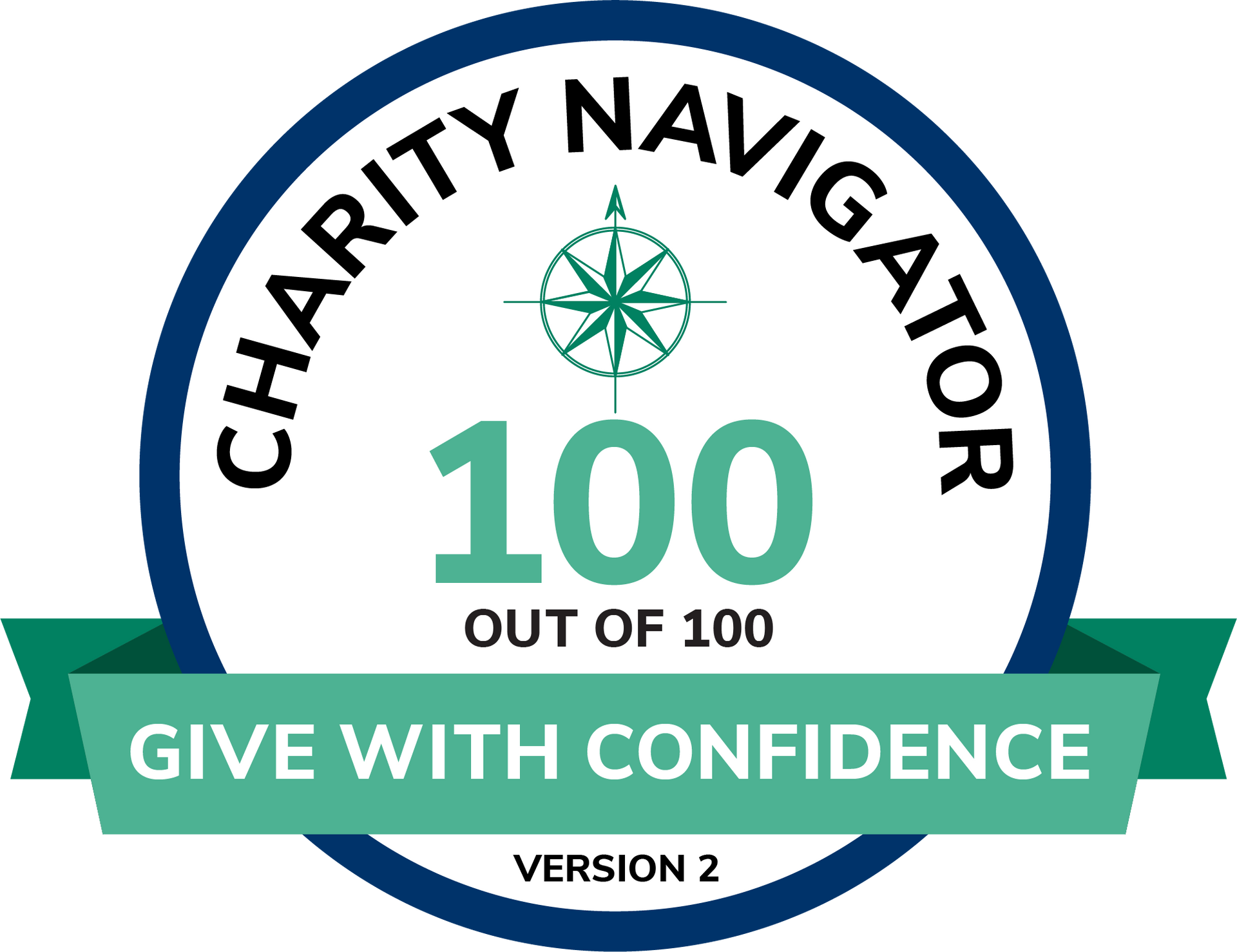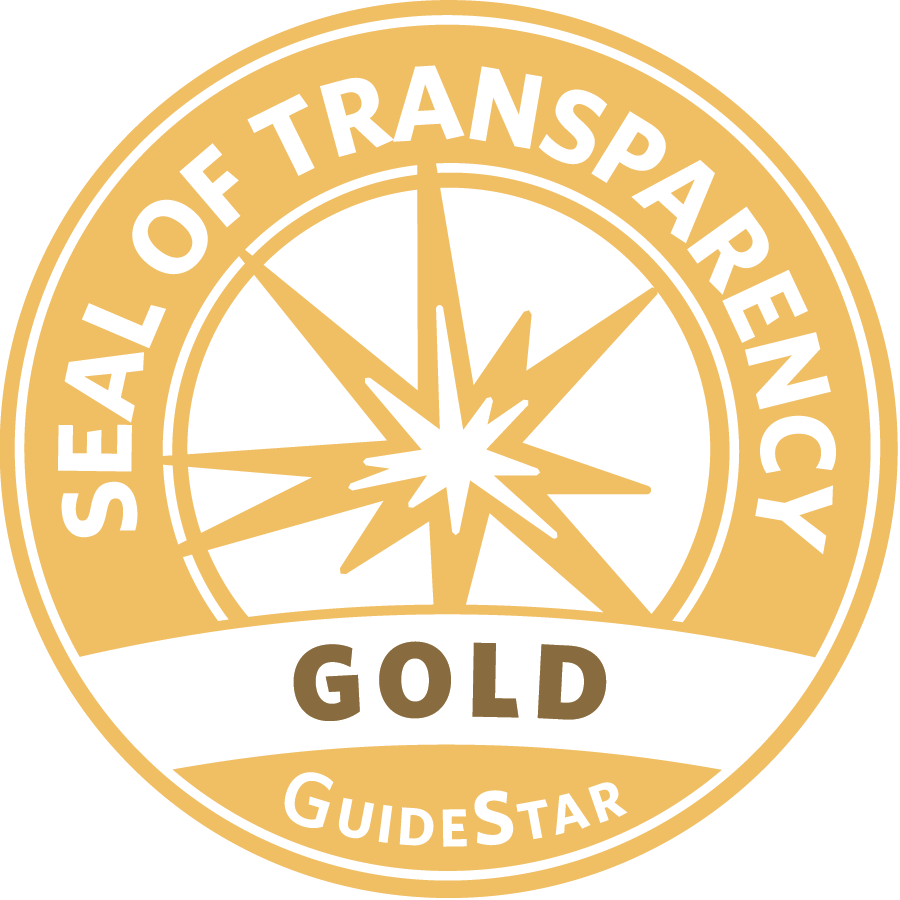2024 Lace Up for Kids Recap

Lace Up for Kids: Your Impact on Childhood Cancer Research
At Solving Kids’ Cancer, our mission has always been driven by hope — hope for better treatments, hope for breakthroughs, and most importantly, hope for every child fighting cancer. This year’s Lace Up for Kids campaign was nothing short of inspiring. Together, we’ve raised over $264,000 across the entire campaign, funding innovative childhood cancer research and providing more treatment options for children in need.
From coast to coast, nearly 4,000 participants have stepped up to lace up their gold shoelaces and make a difference. Whether it was through schools, sports teams, or community groups, the show of support has been overwhelming throughout the years. Over 7,823 donations have been made to accelerate new treatments, and the hashtag #CareWearShare has been used 13,864 times, spreading the message far and wide!

Your Participation Means the World
To every student, teacher, athlete, parent, and friend who participated in this year’s Lace Up for Kids, we want you to know how deeply grateful we are for your help in raising critical children’s cancer research funds. Whether you walked miles, ran races, or simply shared the cause with your network, each act of kindness had a ripple effect.
With 212,500 gold shoelaces distributed, this childhood cancer fundraiser’s message of hope has reached far and wide. Some schools have organized entire days dedicated to childhood cancer awareness, with classrooms buzzing with excitement and determination. Many participants have told us how they felt connected to something larger than themselves, knowing that they were raising funds for children in the fight of their lives.
Stories That Touched Our Hearts
Throughout this campaign, we were fortunate to hear the stories behind the participation. Parents told us about lacing up in honor of their children who are fighting cancer. Teachers shared about students who learned valuable lessons on compassion and empathy by taking part in Lace Up for Kids. These moments remind us of why we continue this important work.
One story that stands out is from Erin Martin, a 14-year-old student from San Antonio, Texas, who has been actively raising awareness for childhood cancer in 2021. Since starting her efforts, Erin and her friends have shared their passion for helping children with their classmates and community, earning a plaque that now proudly hangs in their school lobby.
More Than Just Gold Shoelaces
What makes Lace Up for Kids so special is that it’s about more than just raising money—it’s about raising awareness and standing in solidarity with families facing unimaginable challenges. Every gold lace worn is a symbol of hope. When we go gold for childhood cancer, we remind the world that cancer isn’t something we can ignore; it’s a battle we’re determined to win.
The Smithtown Schools, for example, have consistently gone above and beyond. Over the years, students and staff have organized school-wide cancer awareness days and fundraising challenges, encouraging students to lace up their gold shoelaces and show support for pediatric cancer patients. Their efforts have helped their community foster a deeper understanding of the fight children with cancer face every day.
What Your Support Achieves
Because of you, the funds raised this year will go directly toward advancing life-saving research and treatments for the most aggressive childhood cancers. Your contributions support projects like immunotherapy research1 and clinical trials for less toxic therapies, giving children hope for recovery without the harsh side effects of traditional treatments.
One of our key initiatives is funding the first-ever clinical trials for ETMR (Embryonal Tumor with Multilayered Rosettes), a rare and deadly pediatric brain tumor. Thanks to your support, we’re not only providing access to cutting-edge trials but also driving the development of new treatment protocols that could transform pediatric cancer care.
Support Childhood Cancer Research Year-Round
Even though Lace Up for Kids is over, there are many ways you can go gold for childhood cancer throughout the year. Here are a few simple, practical ways to stay involved:
- Monthly Giving: Set up a recurring donation to make a consistent impact. Even small monthly contributions add up over time and help sustain critical research projects.
- Host a Childhood Cancer Fundraiser: Whether it’s a bake sale, garage sale, or online donation drive, you can raise funds in your community to support groundbreaking research for kids with cancer.
- Spread Awareness: Share stories from Solving Kids’ Cancer and the impact of ongoing research on your social media. Raising awareness is just as powerful as fundraising and helps spread the message.
- Employer Matching Gifts: Check if your employer offers a matching gift program. This simple step can double or even triple the impact of your donation.
- Volunteer Your Time: Explore opportunities to get involved locally by volunteering at awareness events or helping to spread the word about childhood cancer research.
- Stay Informed: Sign up for our newsletter to keep up to date with the latest in childhood cancer research and learn about new ways to support children and families battling cancer.
By staying active and engaged, you’re helping to fuel research that gives children hope for a brighter, healthier future.
Missed Laces? You Can Still Make an Impact!
If you couldn’t join us for Lace Up for Kids, there’s still a way to be part of the mission. Your donation supports groundbreaking childhood cancer research and gives hope to children and their families. Every contribution, big or small, moves us closer to a future without childhood cancer — because every kid deserves to grow up.
Source:
1 Immunotherapy of Neuroblastoma: Facts and Hopes – https://www.ncbi.nlm.nih.gov/pmc/articles/PMC9344822/
